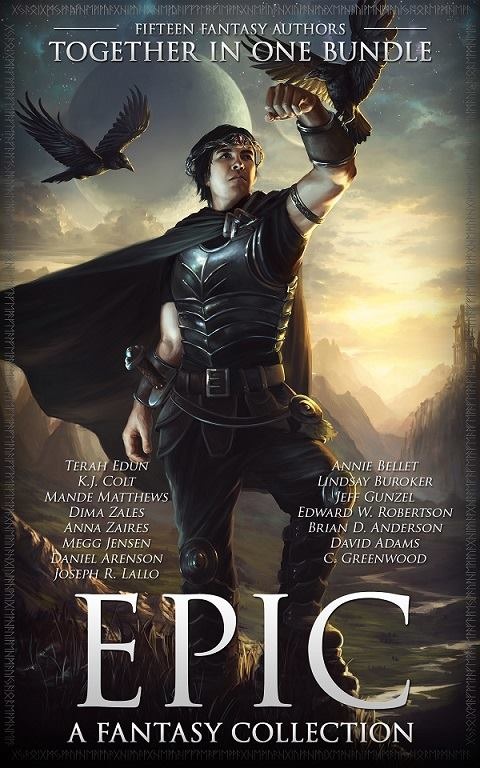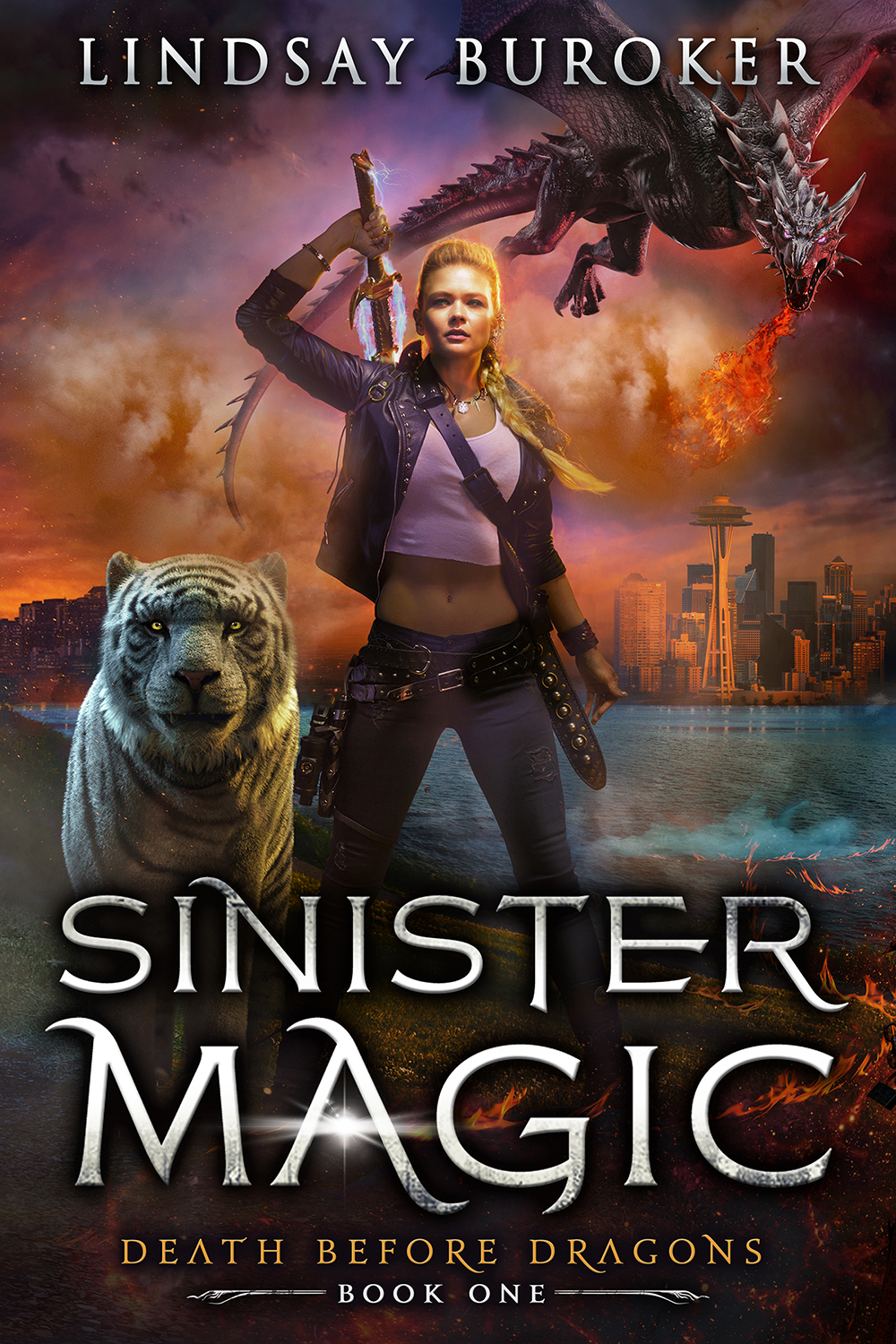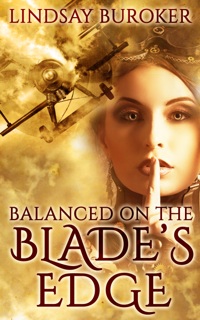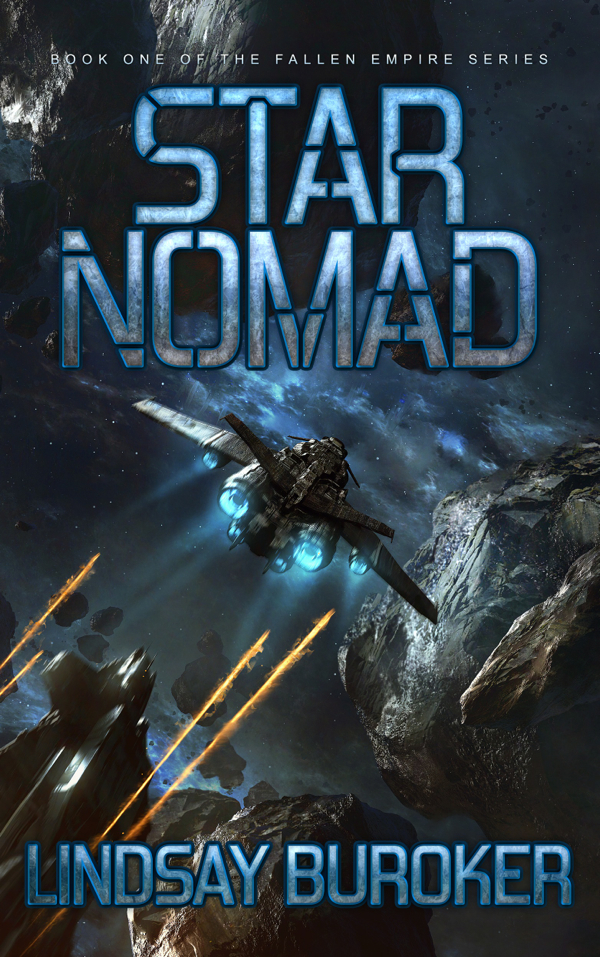I’m about ten weeks into my pen name experiment, which I first blogged about back in November: Pen Name Launch: First Month Earnings $3043 (what worked and didn’t for marketing).
The first book launched around October 10th at 99 cents and went permafree about a week later, at roughly the same time as I launched the second book. The third book was ready to go four weeks after that. On Christmas Eve, I launched a fourth book, but there hasn’t been time for it to do much, so today’s post will focus on the first three books.
For those curious as to the earnings, my pen name has made approximately $12,824.88 between October 10th and December 25th. (I say approximately, because the second and third books are in Kindle Unlimited, so I’m guestimating what the December borrows will be worth, based on November’s rate). Also, several regular readers emailed me after my last blog post on this matter, letting me know that they had figured out who my pen name was. I know some of them picked up books, so we could subtract $200 or so from the earnings, since those books would not have been sold if the pen name author was not me. As far as influencing Amazon rankings, I believe those sales were statistically insignificant (as of December 25th, only one LB book appeared in the also-boughts for the pen names books, and it was eight pages deep).
I revealed my pen name to my newsletter subscribers and Facebook followers yesterday, so whatever earnings and rankings come from these books in the future may be a little fuzzier. I don’t know how many of my fantasy readers will cross over and try the science fiction romances, but I would guess it to be less than 10%. That will be hard to judge, though, so this will be the last post where I can say that these results could be achieved by a brand new author, coming into this without a following or even any family/buddy early reviews starting out.
I detailed my launch strategy (such as it was) in my last post, so I’ll try not to repeat myself too much, but I’ll discuss the last 5-6 weeks or so, whether I experienced the 30 Day Cliff, and how I managed to “stick” in the Top 20 of my sub-genre for a good eight weeks or so before dropping. I’ll also talk about some of the things I could have done better, in the hopes that what worked and did not work for me can help others.
Sales Rising and Falling with the Success of the Peramafree Title
All of the books except for the first one are in KDP Select and Kindle Unlimited (so they’re exclusive to Amazon). I’ll go into the why later on, but let me talk about the book that isn’t first.
The first book in the series, Mercenary Instinct, has been permafree since the second week I released it. I made it 99 cents at Amazon and free at Barnes & Noble, Kobo, iBooks, and Smashwords. Eventually, Amazon price-matched.
As I mentioned in my last post, it did well as soon as it was dropped to free. Even though it wasn’t picked up by Pixel of Ink or any of the major sites that monitor such things, I think the 70 or 80 sales I manage to get while it was 99 cents helped thrust it onto people’s radars. Even though the cover art is just made with stock images, I think it’s better than a lot of what you see in the science fiction romance niche (admittedly, a tough genre to nail with stock art, since models so rarely dress suitably for a galaxy far, far, away), and I’m sure that helped get people to download it. It reached around 225 in the free list at Amazon and hung out in the Top 500 of its own accord for quite a while.
I did buy a few ads, the most useful being an Ereader News Today ad for $15. Later in the month, around Thanksgiving, I spent a whopping $85 for an ad on My Romance Reads. That was the most I spent on any ads, and it resulted in around 2,000 downloads, which was nice since the momentum had started to wane by that time.
In December, the freebie dropped further, hanging around 1,000 for a while, and it’s now dropped to 1600. A couple of days ago, I tossed $40 at eBookBooster to see if they could try to get it onto some sites that hadn’t already featured it. I also paid $30 at Kindle Nation Daily for a spot in their automated daily freebie roundup this weekend. I don’t think either service will give it a big boost, but maybe it will pop up a bit in the SFR free chart for a little longer.
Why bother?
As you might guess from the sub-title of this section, the sales of the second and third books have risen and fallen in sync with the freebie. As long as the freebie was getting a lot of downloads, the other books stuck in the Top 20 of the SFR sub-category on Amazon, which has resulted in steady sales. Lately, the books have been dropping off, appearing on the 21-40 page. They’re still selling — I can hardly complain about a 3,000 sales ranking (paid) in the Amazon store, especially when none of my LB books are in that range, except for the recently released Patterns in the Dark. But they haven’t sold as well as they did in November, when both were under 2,000 in the Amazon store for quite a while.
If my second and third books featured the same hero and heroine as the first book did, I suspect the sales would have been even better. Once of the tough parts of writing romances is that you typically wrap up the story at the end of the book and bring in different protagonists in future novels. All of the stories center around the same spaceship, and main characters become side characters in later books, so I’m sure that does help, but for those of you writing a clearcut series with the same heroes continuing the story from book to book, you might do much better than my pen name has done, especially if you can push a permafree Book 1 and keep it up there in the free rankings.
What I’ll be trying in the future with the permafree angle:
The big thing is that I’m mulling over making the first book $3.99 (the price of the others) after a while. I don’t think there’s much point in having a permafree that hangs out at 6,000 or some such in the free store. My Emperor’s Edge Book 1 is dealing with that now, after being free for years, and the sales have really dropped off on the rest of the series. I’m kicking around some ideas for bringing it back to life in 2015, but it’s definitely a challenge to keep even a free ranking up, because there are so many offerings out there. Also, for people who are KU subscribers, they have no need to browse the free books when everything in the KU store is essentially “free” for them.
If I revert Mercenary Instinct to a paid book, I’m thinking that I’ll either make something else in the series permafree for a while or I’ll use the Kindle Countdown Deals (an option for those in KDP Select) to temporarily make the other books free or 99 cents. One perk of this being an open-ended series, with different heroes in each one, is that people don’t have to have read Book 1 for Book 3 or 4 to make sense. So I do have the option of trying to get people into the series using the other titles. As I get more novels out, it may make sense to cycle between the first three or four, having a different one free at different times in the year.
Of course, it’s possible the pen name will get to the point where it has a big enough fan base that I don’t need to use permafree to gain momentum and keep relatively new releases in the Top 20 for the sub-genre, especially if I’m able to keep putting out books regularly. I would love to manage one a month, but I’m still writing books for my regular name, so it’s more likely that I will get a new novel out every 6-8 weeks. Still not shabby. We’ll see how things work out. In the end, science fiction romance is a small sub-niche, and the space operas I like to write are even smaller (I’ve been watching the Top 20 of the niche for a while, and the stories that are set on Earth, usually involving hunky aliens coming to visit, seem to be a much easier sell than the far-future outer-space stuff). I’m not sure how many readers there are, overall, to tap into. There’s a reason why the Big 5 doesn’t touch this niche.
Still, I’ve found a lot of people so far, and I can hardly complain about the early results!
Launching with More Than One Title (and why I wish I’d had Book 4 ready to go sooner)
A permafree alone doesn’t do much for you. As I’ve mentioned, one of the reasons the pen name books (2 and 3) sold decently right from the start is because Book 1 was free and a lot of free ebooks were being downloaded at the same time as I released Book 2. When I released 3 about four weeks later, the freebie still had some momentum. I did see some of that momentum wane in December, at which point I was basically ignoring the pen name stuff (not attempting to promo anything) and working on getting the new Dragon Blood book out.
I wish I’d had the fourth and fifth books in the pen name series ready to go like clockwork, 30 days after the release of the previous ones, as I think this would have helped keep the momentum going. No, not everyone writes that quickly, but if you’re launching something new, it might make sense to hold back on the release of that first title until you have some more in the pipeline.
I believe the reason launching with multiple titles really helps is because it gives you some more promotion options (you can make one free, or maybe trying some rolling Kindle Countdowns if you are in KDP Select), and it also gives readers more of a chance to connect with you as an author. A world or a set of characters is much more likely to stick in a reader’s head if they’ve read several of your adventures instead of just one. Assuming they like the experience, they will be more likely to remember you and seek you out in the future, even if they don’t sign up for a newsletter or follow you on the social media sites.
Also, when you’re releasing something every month, you have the opportunity to be featured as a hot new release in your category on Amazon. If you’re worried about falling off the “30 Day Cliff,” then having a new title to take the place of the old makes sense (I didn’t notice the cliff, but I think that’s because the permafree was what was feeding my Book 2 and 3 sales, rather than any particular loving from the Amazon algorithms).
Do you have to keep up this pace indefinitely? A book a month? I don’t think so. Ideally, you’ll reach a point where you have XXXX newsletter subscribers and so many people waiting for your new releases that even if you’ve got a 3- or 4-month gap between titles, your new releases should make it to the top of your category lists.
Of course, if you can put out a book a month, it can only help, especially if you’re writing in any of the romance sub-categories, where readers tend to be voracious. But it’s a pretty nutso pace for most people, and I’m sure I’ll drop back to one every other month or so, since I’ll be writing and releasing my usual LB fantasy novels too.
How often you need to publish to keep the momentum going likely depends on your genre. I’ve noticed that there’s a lot of churn in those romance categories, but in some other categories, where readers might take longer to consume books on average, it may be easier to stay in the charts without publishing every month (if you have thoughts on this, feel free to comment below!).
How Kindle Unlimited Helped with the Pen Name Launch
I talked about this in the last post, but right now, there’s an advantage for any author in Kindle Unlimited, because borrows get weighted as heavily as sales, insofar as your overall Amazon sales ranking goes (which affects how high up in your chosen categories you will appear). To get paid for borrows, a reader must get to the 10% point in the book, but right now, every single borrow that is made gives a boost to your sales ranking, regardless of whether the person reads any of it. (Here’s my earlier post where I hypothesized about this, and here’s a more scientific approach from a German publisher that backs up my suspicions).
What’s the big deal, you ask? A borrow is a heck of a lot easier to come by than a sale. As I mentioned above, for anyone enrolled in Kindle Unlimited, every book in the program is free under their $10 monthly fee. They can borrow 10 books at a time, and all they have to do is return one to grab another one. Just think about how you used to grab books off the shelves at the library (back before we were all doing this digitally). If you’re like me, you’d leave with a huge pile every time, even if you only ended up reading two of them. There was no punishment for checking something out, not getting past the first paragraph, and returning it, so why not do so?
In short, if you’re selling enough books to get into some Top 100 lists, being in KU can be a huge advantage right now, especially if you’re a new author. (As others pointed out on my earlier posts, being in KU doesn’t do much at all if you’re not moving enough copies to make those lists and show up in other authors’ also-boughts.)
Will my pen name stay in KDP Select indefinitely?
I doubt it. Even though I’m talking about the advantages right now, I believe that if you’re trying to build a career and want this to be a reliable source of income, then it doesn’t make sense to rely completely on Amazon. With my LB books, I could pay my bills and make a living (albeit a more modest living), based on my iBooks/Smashwords/Kobo/Audible/CreateSpace(paperback) sales. Even though I sometimes lament that I’m missing out on the opportunities that being exclusive offers (for the moment), I feel a lot more comfortable knowing I wouldn’t be dead in the water if Amazon decided to freeze my account tomorrow or if Amazon suddenly decided all ebooks only receive 35% royalties instead of 70%.
Because I don’t depend on the pen name income, and because KDP Select offers tools that help a new author with visibility, those books are in the program for now. I do plan to start cycling some of them out later in 2015. As long as being in there is an advantage, I’ll probably put new releases there, but I think these titles could do well on other sites too, especially since the first book is already out there as a permafree.
Social Media and Mailing Lists — did I use them?
I talked about this in the earlier post, so I’ll keep this brief, but I did start a mailing list and website for the pen name. Right now, I’m only giving information about book releases on the blog, and I send out a newsletter when I have a new release. There are 120 subscribers, so far.
I’m debating if I’ll give away a free novella or something like that in the future, as an incentive to get more people to sign up for the list. I haven’t done that with my regular list, but I know a lot of authors do give away extras, designed to entice existing fans onto the list (i.e. You finished the first book and want an extra epilogue with these characters? Sign up here…). I wouldn’t bother trying to get people onto the list who haven’t read at least one of the books, such as by giving away gift certificates or the like. Those guys don’t usually stick around, and they’re not the true fans you really want to gather to you.
As for social media, I haven’t done anything yet. I may do a Facebook page eventually, just because I enjoy sharing snippets of the works-in-progress, but as far as promotions go, I’m seeing that social media can help but that it isn’t necessary for every author. If you write fun stories and you’re prolific, you can probably focus on putting out good books frequently and on taking advantage of advertising and less time-intensive methods of increasing visibility at Amazon.
Advertising — how much did I spend?
Less than $200. For kicks, I tried to get a Bookbub ad for the permafree, but they rejected me. It’s probably just as well since I’d have to put these under science fiction, there being no SF romance category, and I’m not sure how many of those readers would turn out to be romance fans too. ENT, at $15, was the best deal, and My Romance Reads did decently, though I suspect that site is better for contemporary romance authors. I’ll see how the eBookBooster thing goes (these guys, for $40, submit to a big pile of the sites that will mention your free book for free), as some of those plugs should come out in the next week or two. Overall, though, I didn’t spend a lot, especially not when you consider the overall earnings in the last couple of months.
Cover Art — anything special?
A few people mentioned this in the comments of the last update, that I had money to spend on really professional covers (they hadn’t seen my covers yet at this point, har). With few exceptions, these are the cheapest covers I’ve had made. They’re completely based on stock photos. I’m lucky that this is pretty much what everyone in the genre does, unlike epic fantasy, where custom illustrations are common (and expensive).
So what’s the pen name… name, anyway?
For those who want to check things out, here’s the author page for the pen name. As I mentioned, the genre is science fiction romance (specifically space opera romance, so it’s a tiny niche, but I think it’s a lot easier to gain visibility if you can come on strong in a small niche).
Will there be more updates?
I just released a fourth book, and I’m enjoying writing these stories, so the pen name will continue. But since I’ve now shared the name with my regular readers, future results wouldn’t be as pure, insofar as the new-author-starting-from-scratch concept goes. I’m planning to continue to blog about how things go, though, most likely sharing what I’m doing with KDP Select and Amazon-specific promotions. So if that’s of interest, please stay tuned in the new year!

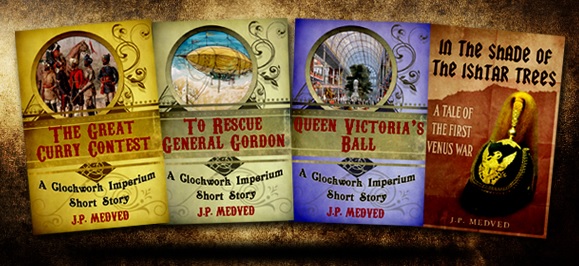
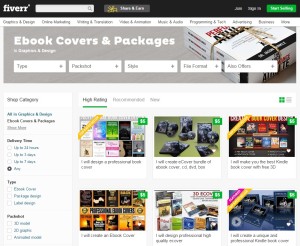
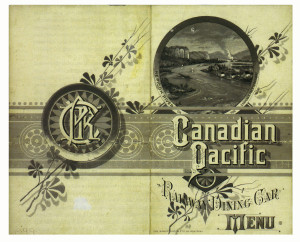
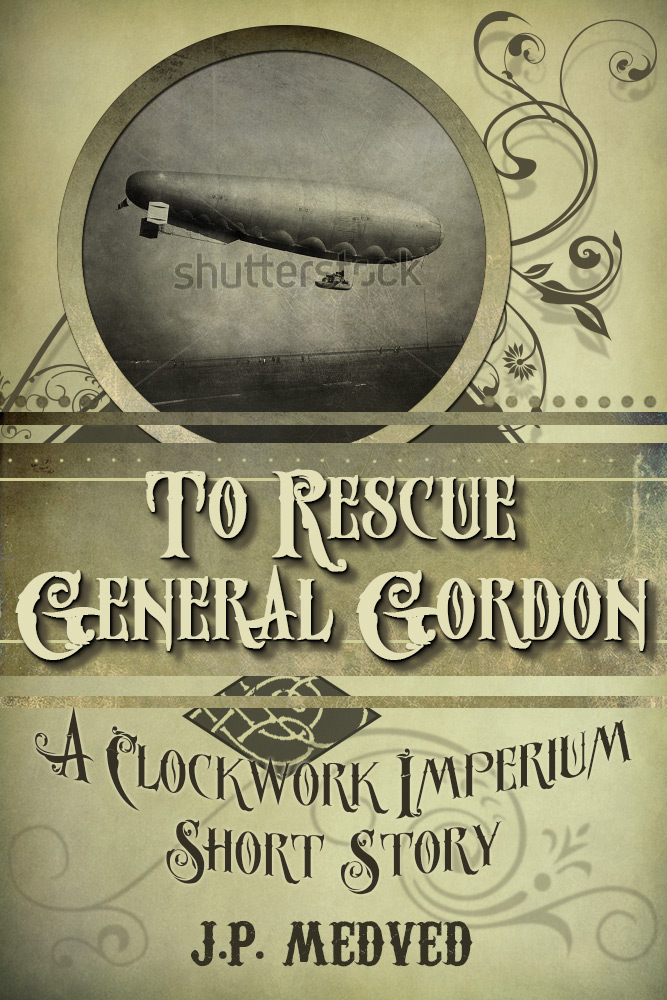
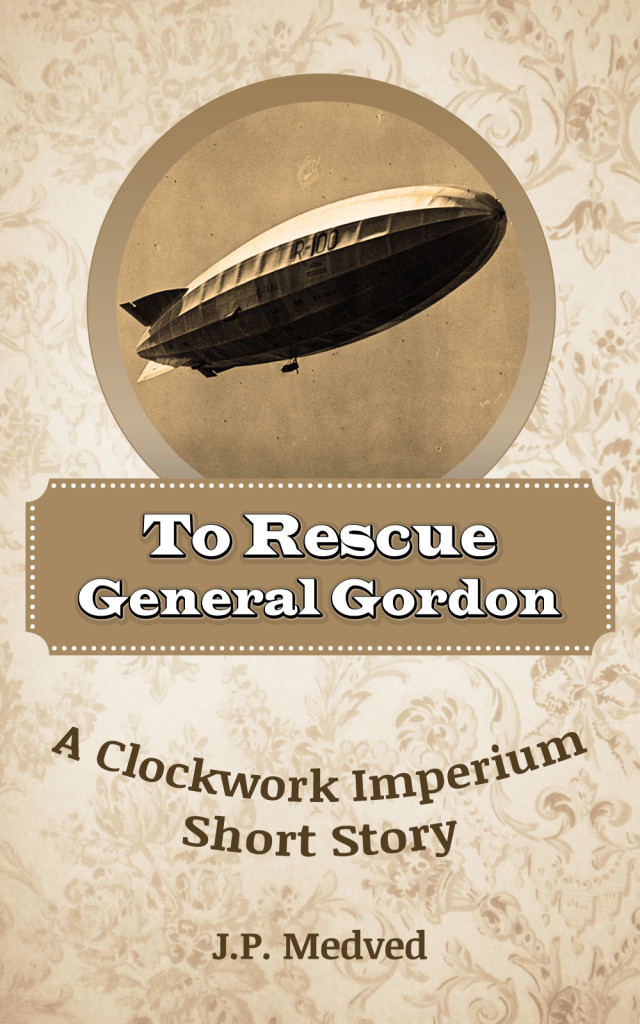
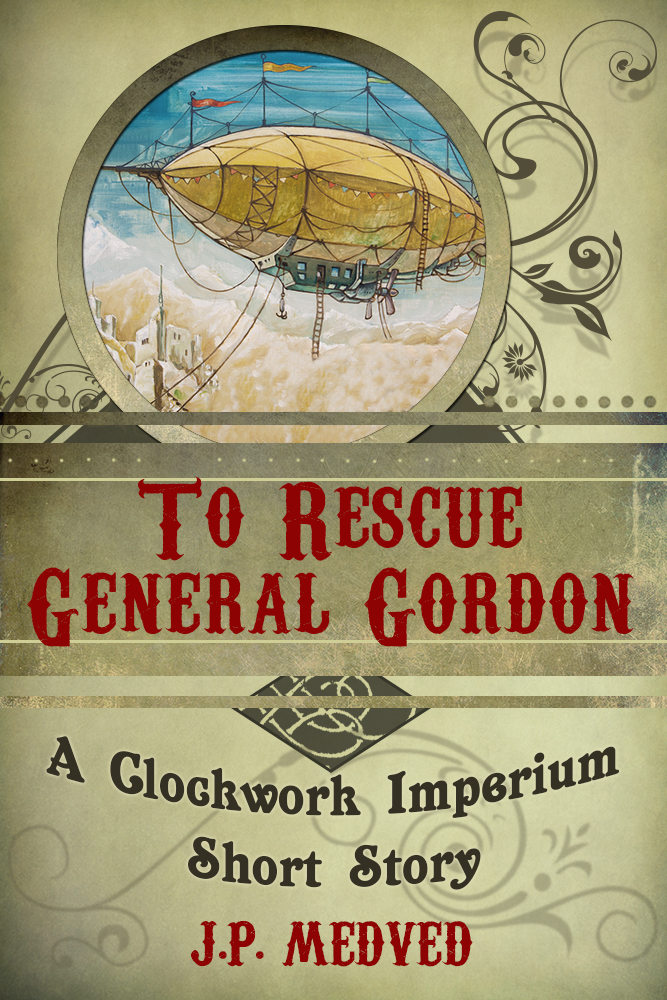
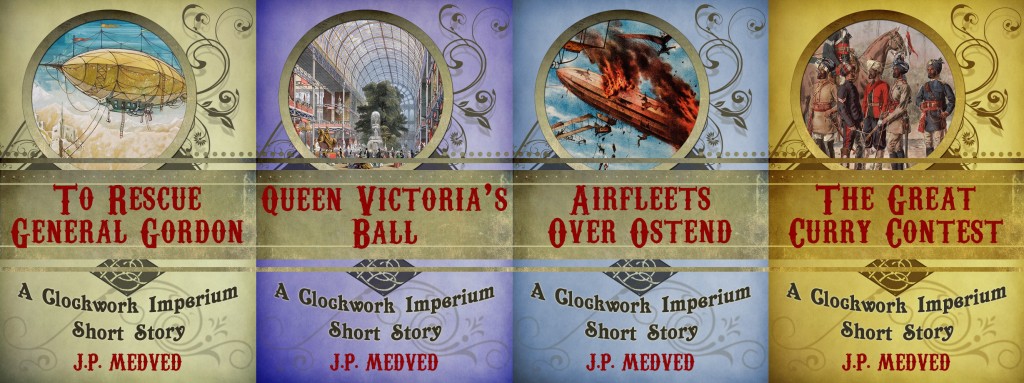
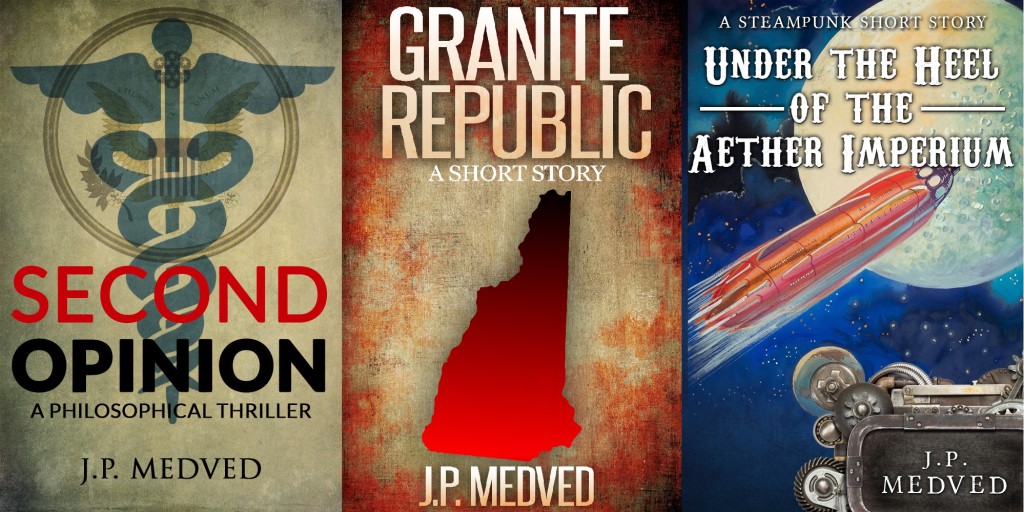
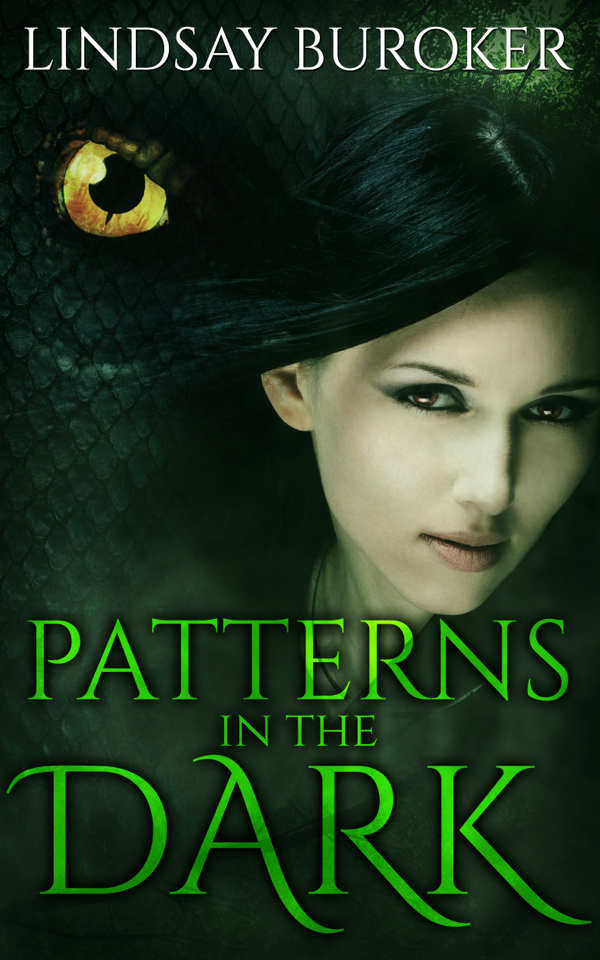 You can grab Patterns in the Dark at
You can grab Patterns in the Dark at 